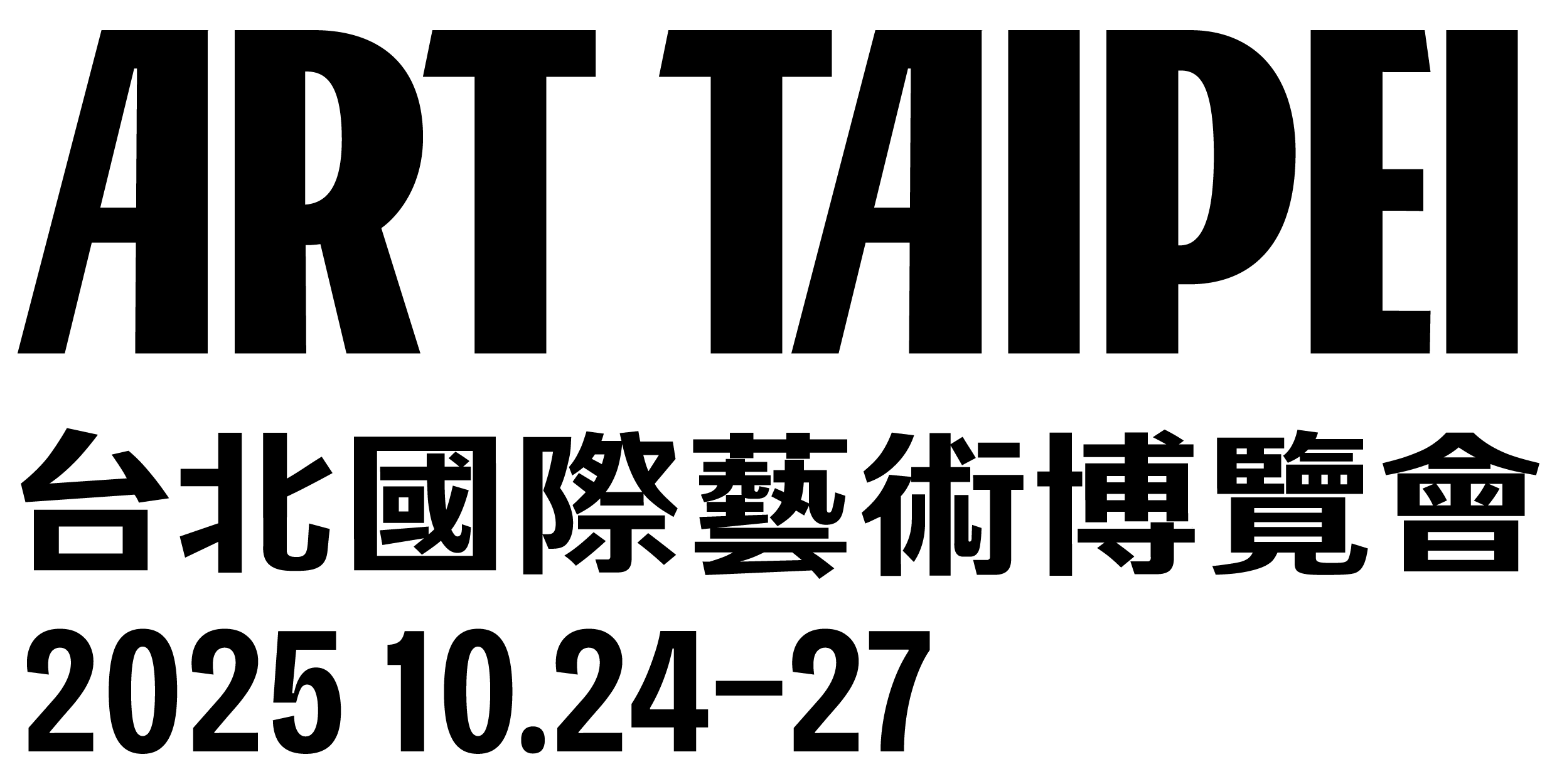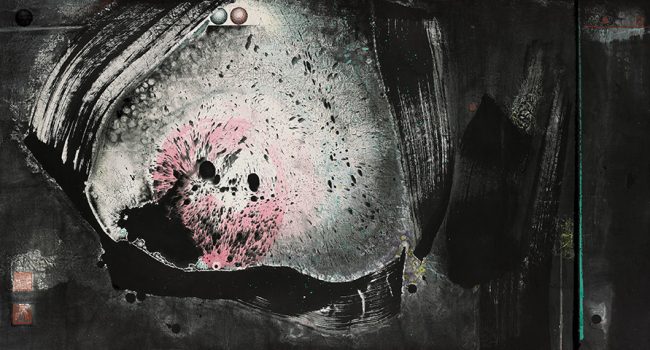Born and raised in Shanghai during the tumultuous years of the Second Sino-Japanese War and Chinese Civil War, Irene Chou (1924-2011) received bilingual modern education and attended the prestigious Shanghai St. John's University. Chou worked as a journalist for Peace Daily upon graduation and only began practicing art formally in the 1950s after she moved to Hong Kong. She first studied under the Lingnan School master Zhao Shao'ang, before learning ink painting from Lui Shou Kwan in the 1960s. Under the influence of Lui's innovative teaching and friendship, Chou developed a highly original abstract visual language informed by modern themes, Western techniques and art movements as well as her unique outlook on life. The artist suffered a stroke in 1991 that nearly ended her career, however, she was able to recover mobility through her qigong practice. Irene Chou's artistic trajectory is marked by many distinct phases, and her painting was rejuvenated with new life and virtuosity after her stroke and relocation to Australia. The artist's achievements are recognized by her numerous awards, such as the Pacificulture Asia Museum Fine Art Award in 1972, Hong Kong Urban Council Award in 1983 and Hong Kong Artist of the Year Award in 1988. Chou was also widely exhibited internationally, consecutively included in the London Royal Academy of Arts Summer Exhibition in the 1970s, and was chosen to represent Hong Kong in the First Asia Pacific Triennial of Contemporary Art held at the Queensland Art Gallery in 1993. Her art contributes an important chapter in the New Ink Art Movement, not only highlighting the significance of a female voice in making traditional Chinese painting speak to a modern world, but also the power of art to heal and reinvent the human spirit. In the realm of New Ink Painting, Irene Chou's art represents the feminine (chun yin) principle that has no commerce with the ideology of destruction. Chou breaks away from the paths followed by Wucius Wong and Liu Guosong to open up an entirely new universe. Although, like Liu, she deals with cosmic themes, Chou's gaze reveals a cosmos of conception, birth and reproduction: the life-energy of nature. She experiences landscape as beginning in the physical body, and uses the imagery of the interior body to manifest the landscape form. From early on, she had evoked the ovarian channel, into which small cell-like pellets appear to transform into stellar bodies. Chou uses bold, sweeping brushstrokes to delineate her universe, which she then develops into constellations and evolving galaxies.
This colored ink work Untitled by Irene Chou (1924–2011), created in the 1980s with the exact year unknown, showcases her important role as a pioneer of contemporary ink innovation in Hong Kong. The piece is deeply influenced by both Western modernism and traditional Chinese ink painting, reflecting her thoughtful engagement with inheritance and breakthrough.
In composition, the work exhibits a strong abstract language filled with dynamic brushstrokes and layered textures. The contrast between localized rendering and large areas of blank space expresses an inner tension between nature and emotion. Chou skillfully uses variations in line and texture to create a seemingly chaotic yet rhythmically structured visual effect, imbuing the entire piece with a lively and powerful atmosphere that allows the viewer to experience art’s emotional impact amidst uncertainty.
Regarding color, Irene Chou incorporates multiple layers of blue-green, ochre, black ink, and soft pastels. The rich yet restrained color combinations convey the quality of ink alongside the expressiveness of modern abstract painting. This use of color not only enhances spatial depth but also resonates with her interpretation of nature and life forces.
As a key figure in Hong Kong’s “New Ink Painting” movement, Chou continues her exploration of blending Eastern philosophy with Western modern art in this work. Her painting is not only a demonstration of brush and ink technique but also a dialogue crossing emotional, philosophical, and cultural boundaries. This Untitled piece profoundly reflects the 1980s Hong Kong artists’ journey in seeking identity and innovation amid globalization and local tradition, holding significant artistic and historical value.

